Under Pressure, Heat Doesn’t Always Move Faster
UCLA researchers found that boron arsenide, a chemical compound used in high-power computer chips, has a unique property – its ability to conduct heat decreases under extreme conditions.
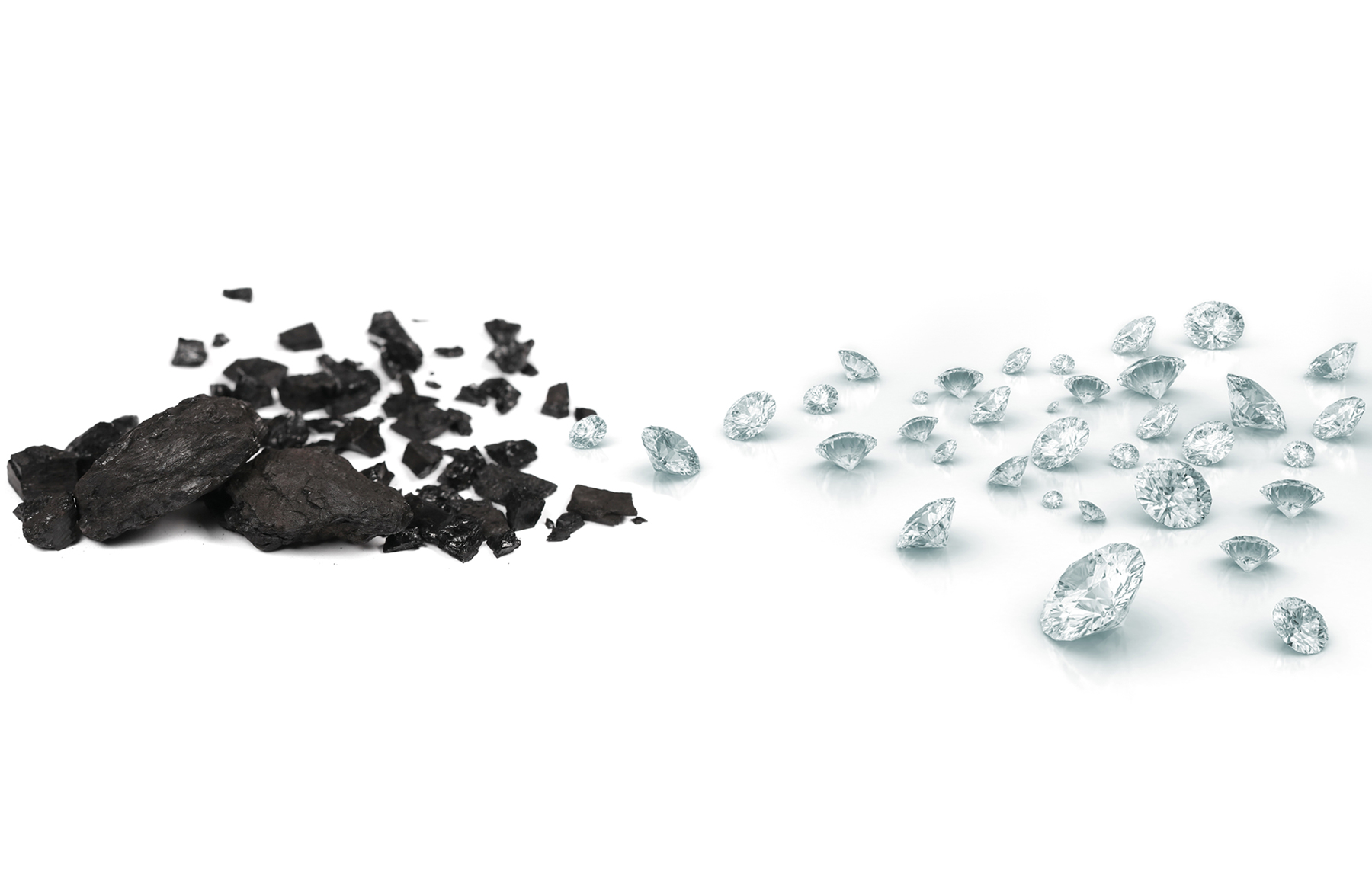
UCLA researchers found that boron arsenide, a chemical compound used in high-power computer chips, has a unique property – its ability to conduct heat decreases under extreme conditions.
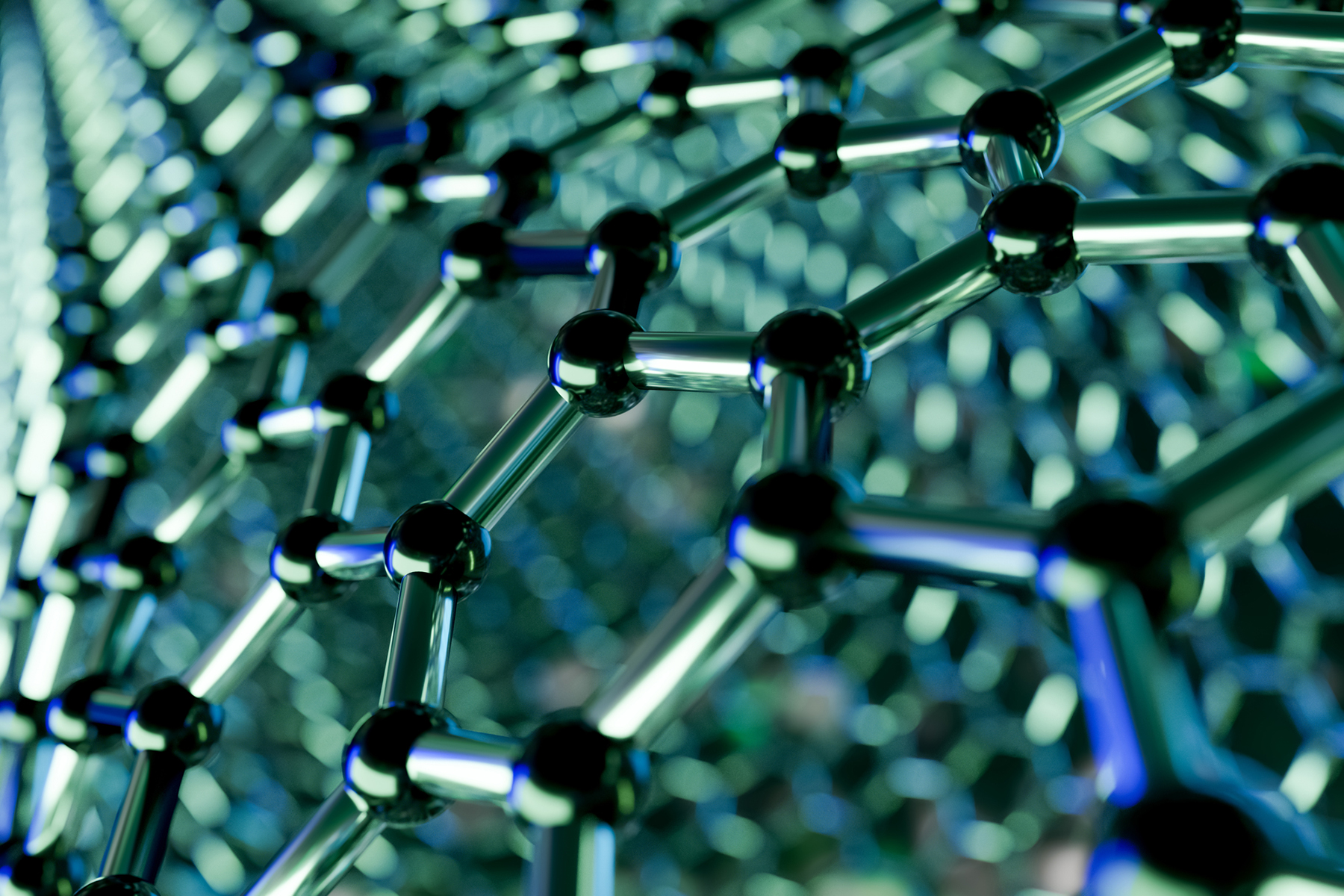
A team at Ohio University used PSC’s Bridges-2 system to carry out a series of simulations showing how coal might eventually be converted to valuable — and carbon-neutral — materials like graphite and carbon nanotubes.

Early ACCESS allocation helps researchers forecast Hurricane Ian’s flooding impacts
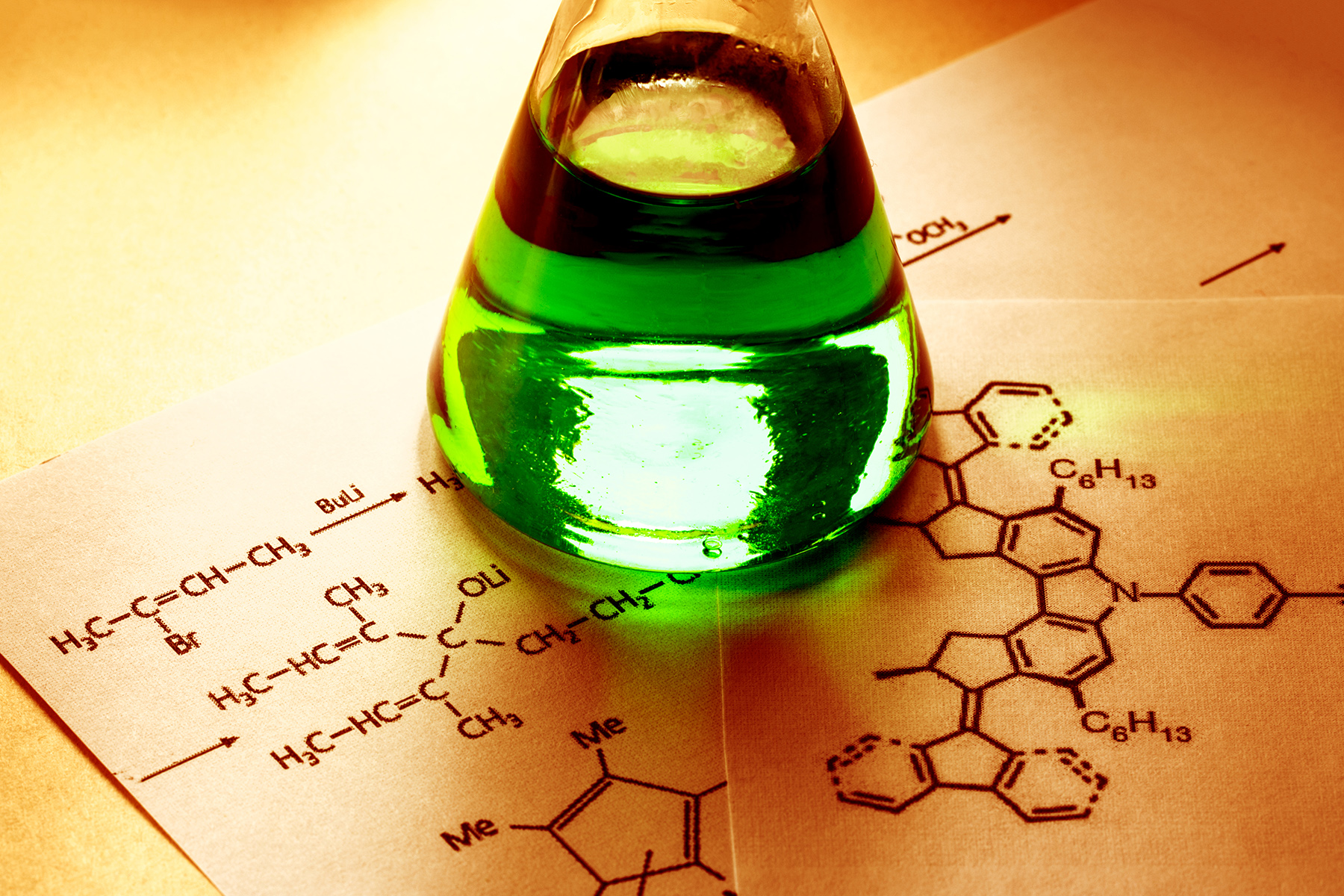
MIT researchers use San Diego Supercomputer Center’s Expanse to explore the luminescent properties of iridium-centered phosphors

Frontera, Stampede2 simulations help reveal new exciton

ACCESS resources, Bridges and Bridges-2, help solve the mystery behind the formation of Mercury.
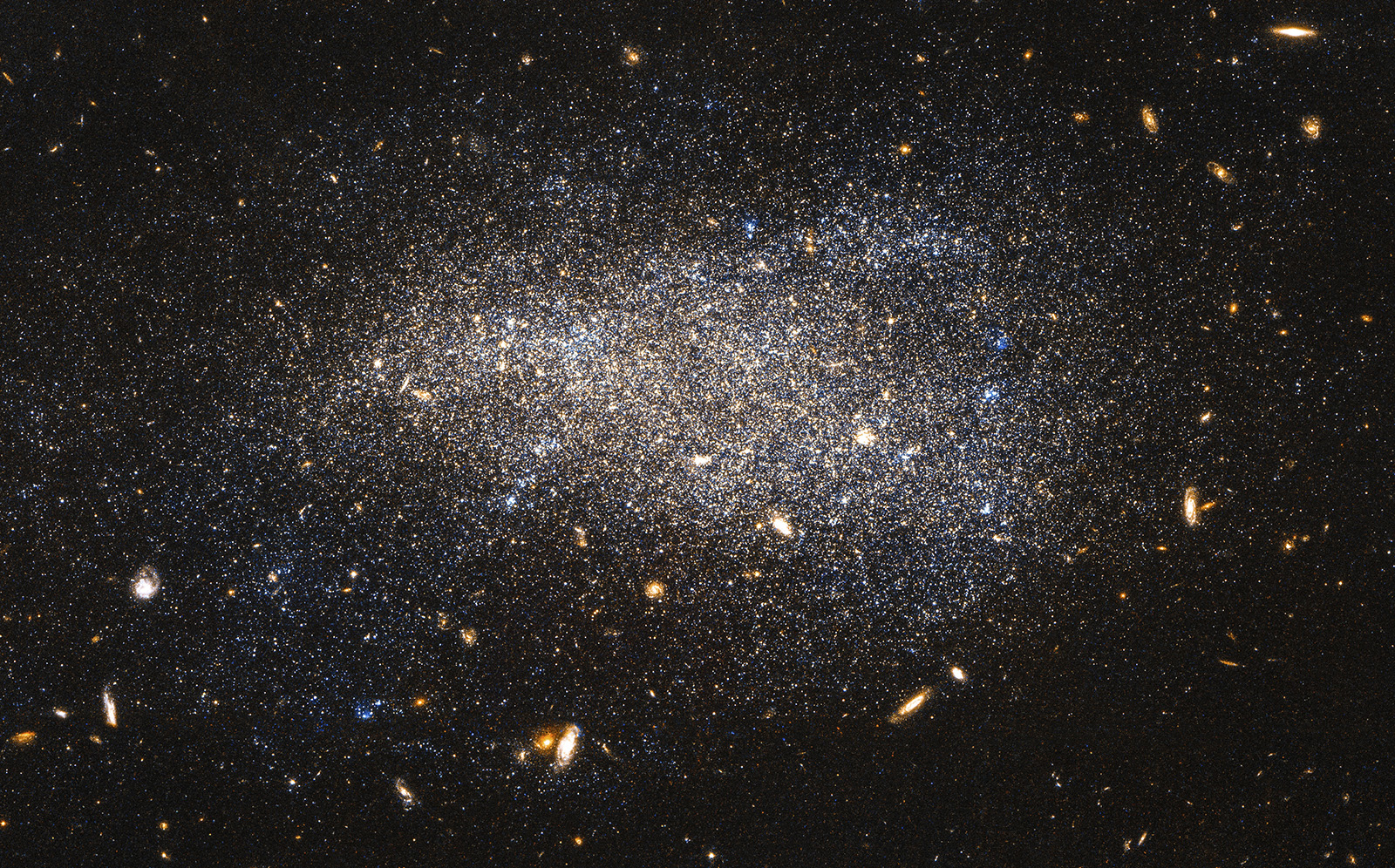
Scientists at Carnegie Mellon University (CMU) train artificial intelligence to predict the mass of a galaxy.
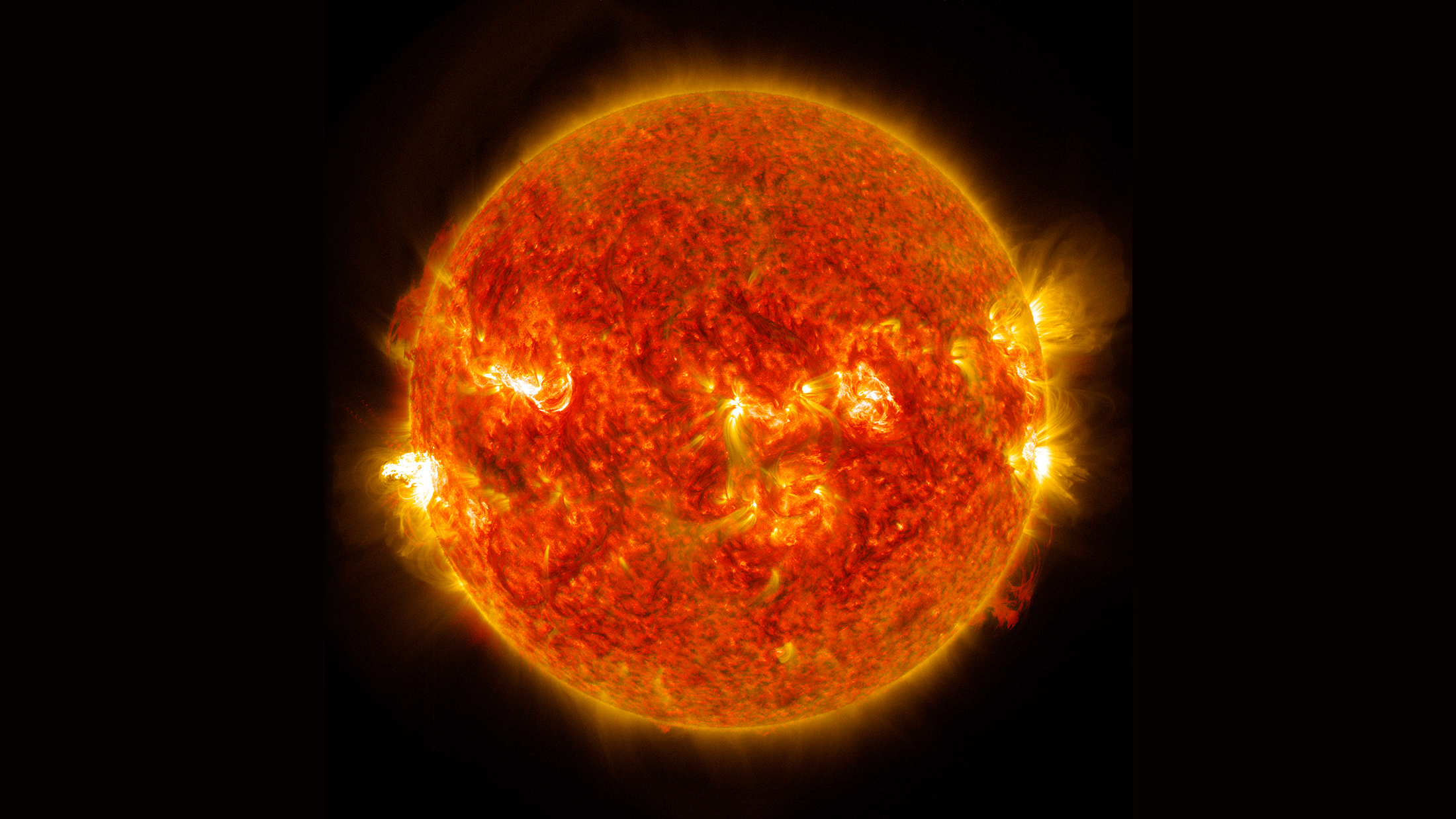
Research offers insights about solar activity for the next decade

Scientists reveal structure of the key part of the inner ear responsible for hearing.
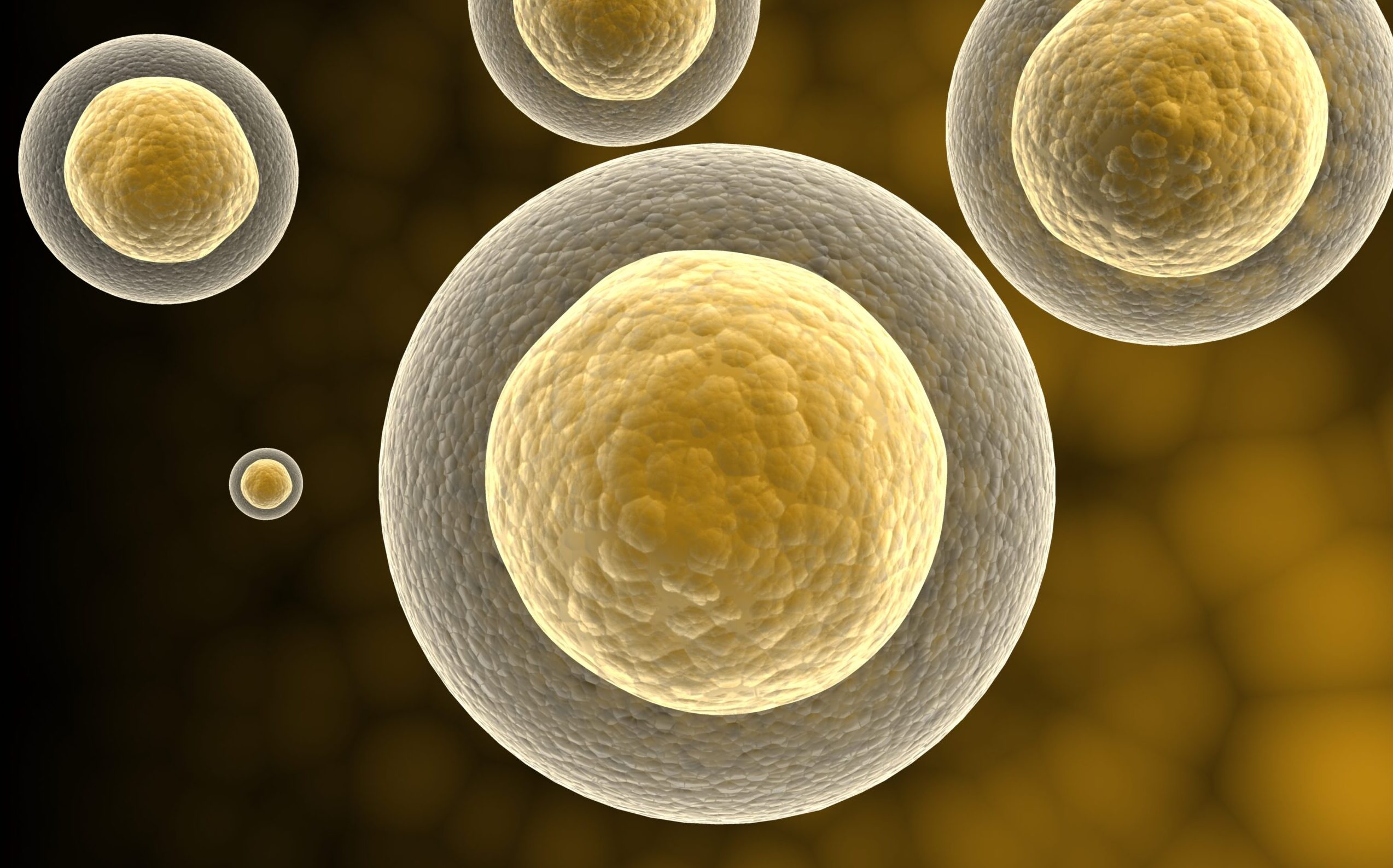
Supercomputers help researchers study some of the tiniest pores in the human body.